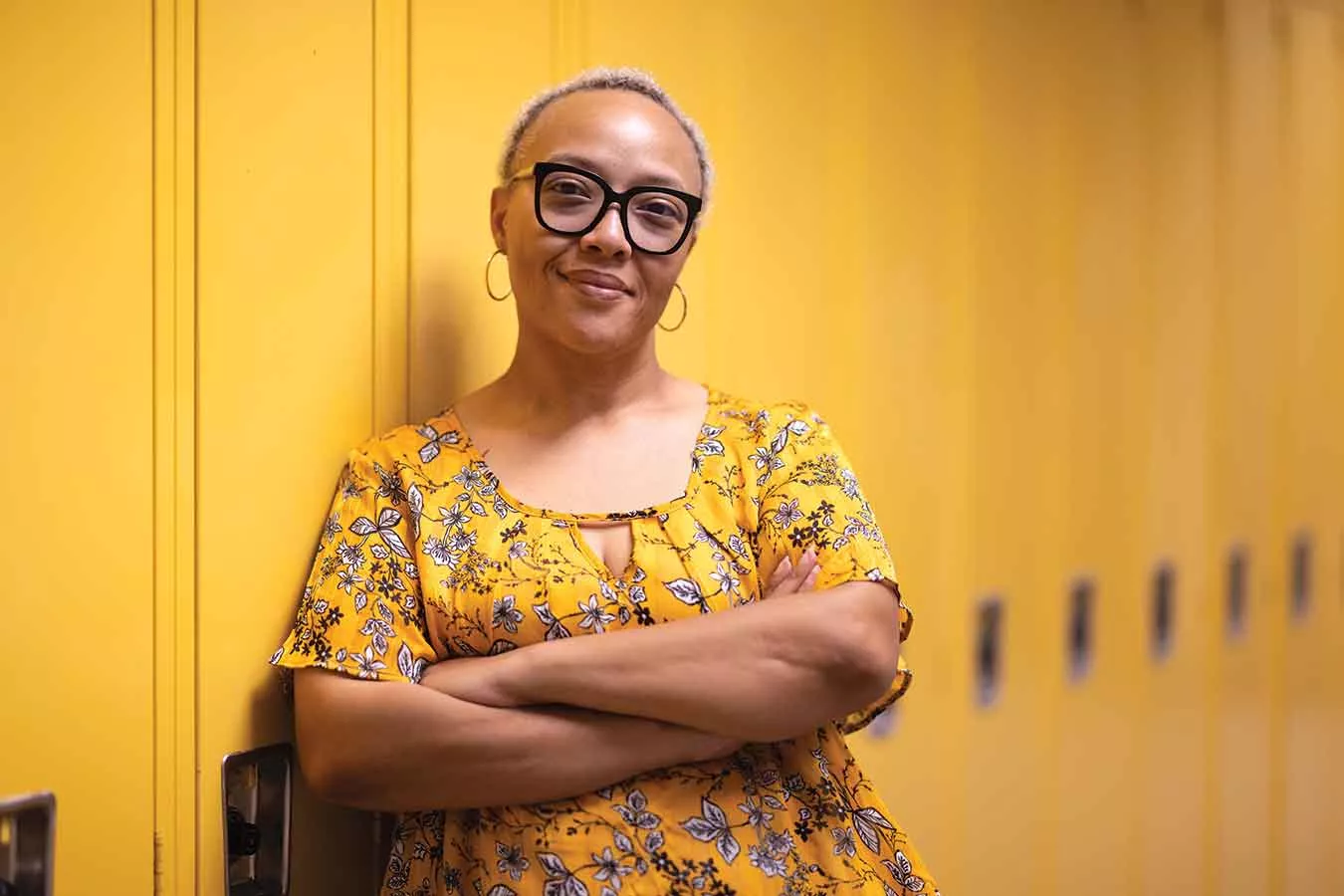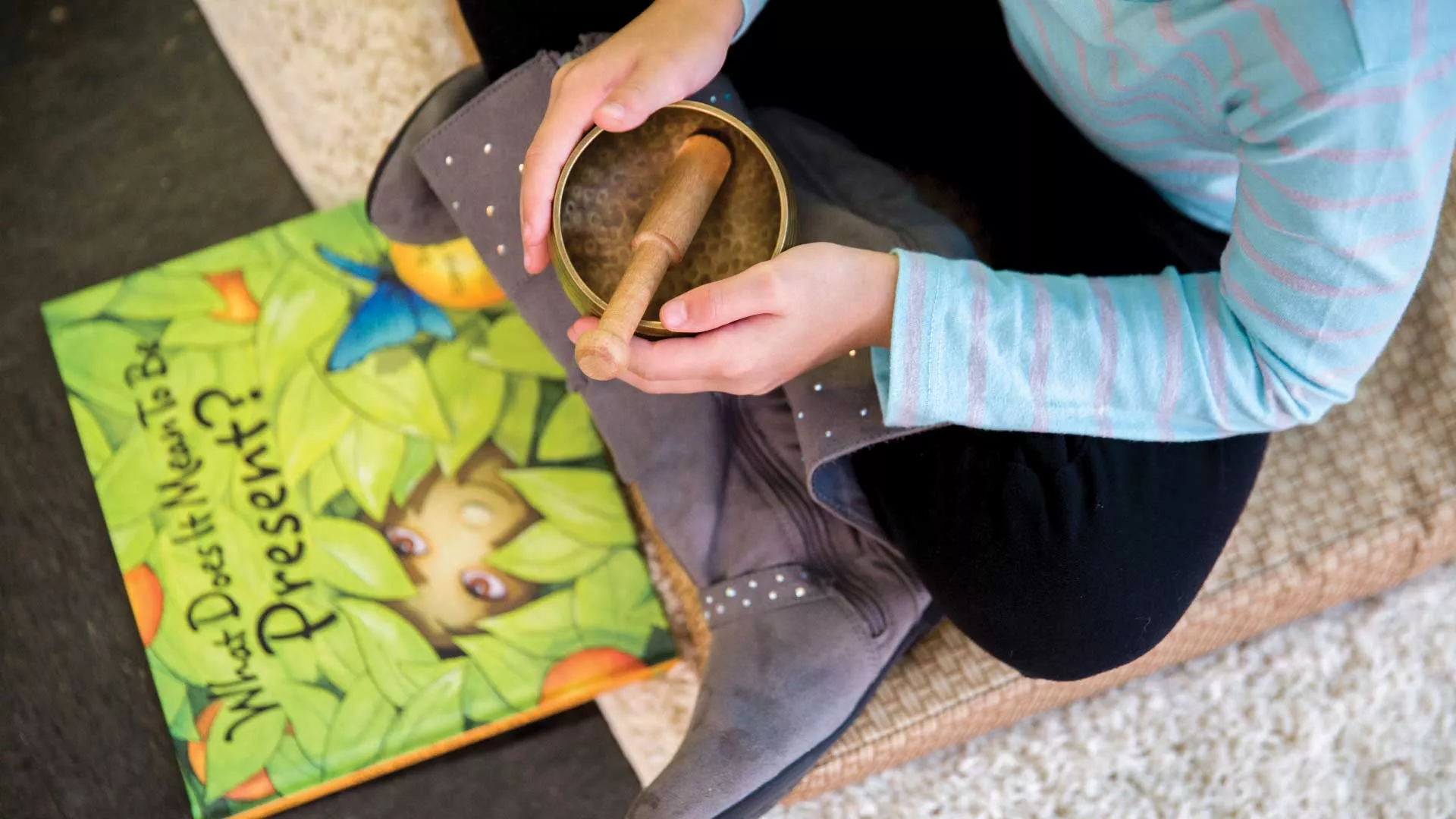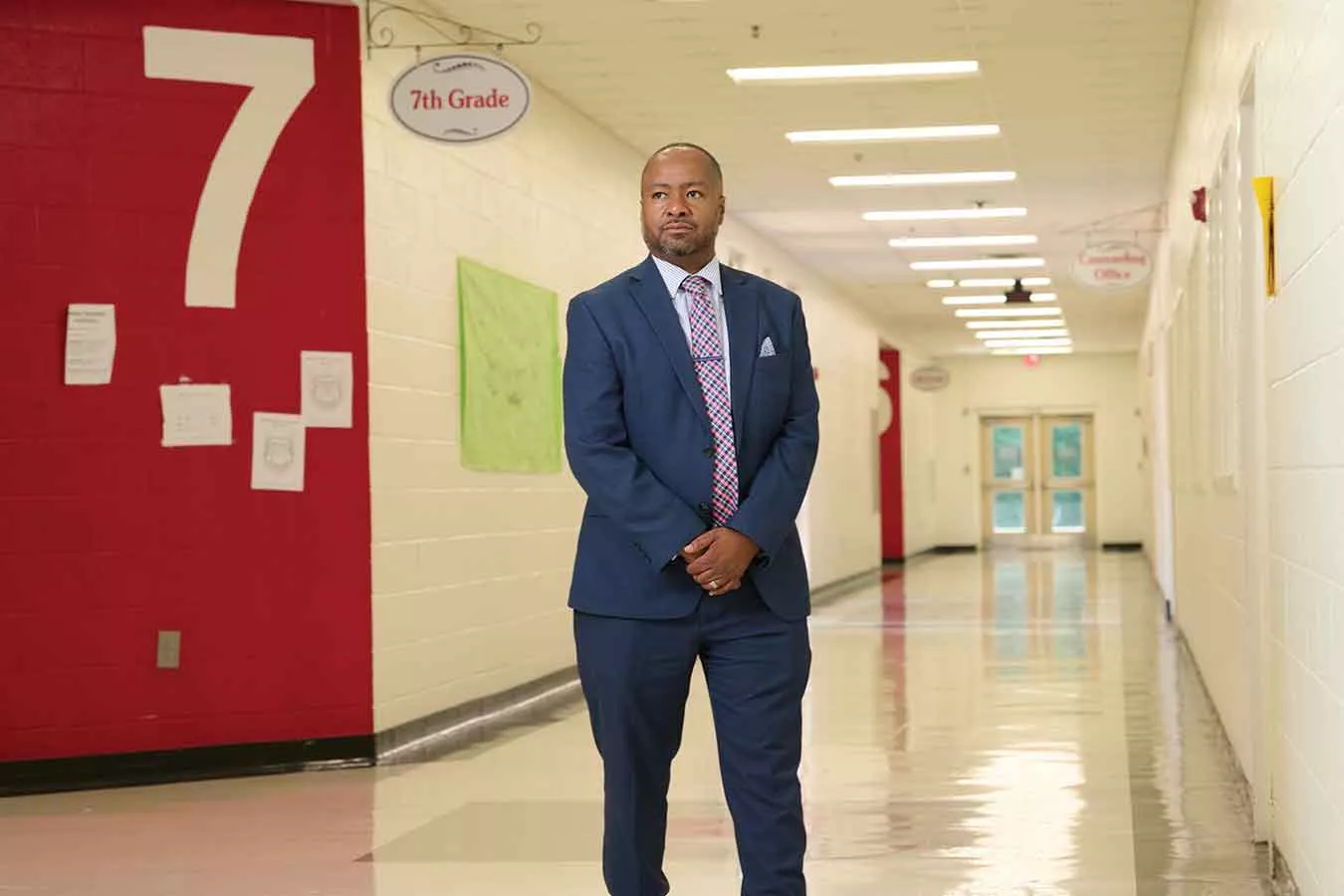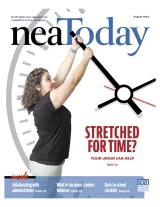Students throw furniture, overturn desks, shout insults, threaten violence, and curse out teachers, support staff, and classmates! Behavior that was once rare or unthinkable is becoming commonplace. An NEA survey found that disruptive and even violent behavior became so rampant during the 2022–2023 school year that many educators cited student behavior as a top concern—second only to low pay.
The reasons for this spike in bad behavior are, of course, complicated.
“These children are quite literally screaming out for help,” says Joshua Tracy, an elementary school teacher in Springfield, Mo. Teachers’ workloads are overwhelming, which impacts students, who are already going through too much, he explains. “It’s a recipe for an explosive situation!”
According to a recent report by the Pew Research Center, about 1 in 5 teachers surveyed said major problems include students getting up and walking around when they’re not supposed to and being disrespectful. A majority of teachers (68%) also said they’ve experienced verbal abuse from a student—such as being yelled at or threatened. Many (21%) said this happens at least a few times a month.
Educators know all too well that students are still recovering from the trauma of the pandemic and struggling from missed social and emotional development opportunities. Educators and fam-ilies are still trying to make up for what was lost. Stress and anxiety are palpable, and sometimes the charged environment erupts.
A mental health crisis
“I’m talking about … a child who, the night before, saw their guardian overdose and is facing troubles that we can’t imagine. I’m talking about the kid who … goes from place to place, never knowing where they’re going to have a meal or bed or anything else,” says West Virginia Education Association president Dale Lee. “And we wonder why we have disruptions in class. It doesn’t take an expert to figure that out. We have to make sure that our students’ mental health is addressed.”
Educators agree that managing behavior also means using trauma-informed practices and multitiered systems of support across the school setting.
“We simply don’t have enough trained staff to handle this crisis.”
Fanta Lee-Sankoh, a high school prevention and intervention specialist in Fairbanks, Alaska, has students who sleep in tents or cars. Some struggle with addiction. Many suffer from depres-sion and intense anxiety. When a student’s behavior is unmanageable in the classroom, the next stop is Lee-Sankoh’s office. With a degree in social work and training in addressing behavior issues, she is able to build trust with her students and help them manage their emotions. But she can’t begin to keep up with the demand. “We simply don’t have enough trained staff to handle this crisis,” she says. What you can do today While behavior problems and staffing are sys-temic issues that need to be addressed, educators need help now! You can’t solve all of the problems yourself, but there are steps you can take—and the beginning of the school year is the perfect time to start. All educators, no matter their role, can build trust with students, says Fanta Lee-Sankoh. She shares these tips:
• Show genuine interest and care. Everyone wants to feel valued and respected. Get to know your students as people, ask about their interests, listen actively, and check in regularly. If they’re interested in music, ask about new songs or artists they’re listening to, and share some of your favorites. If it’s sports, ask about a student’s latest game or favorite team.
• Lift up student voices. Allow them to contribute to classroom culture and decisions. Find ways for them to be leaders.
• Be approachable and accessible. Show empathy, even in your body language.
Once you have established this trust, students are more likely to tell you about their feelings and when they need a break, before behaviors spiral. When students have a strong relationship with you, they will feel more positively toward you and toward school.
Long-term remedies
The bigger solutions comes down to funding to hire more school staff. “A smaller class size would be ideal, as it would enable teachers to work closely with students individually, while also having better control over classroom behavior,” says kindergarten and first-grade teacher Dirk Andrews, who is also director of the Wyoming Education Association.
“A smaller class size would be ideal, as it would enable teachers to work closely with students individually, while also having better control over classroom behavior.”
Andrews recognizes the importance of teaching students to work independently and in small groups, as well as the need to have one-on-one time with them. A paraeducator in the classroom would help make all of this possible, he says.
“As an educator, I always strive to be patient,” he adds. “But there are times when it’s best to step back and allow someone else to take over.”
Your union and community can drive change
Bargaining for the common good is a strategy where educators and their unions join with parents and the community to demand change that benefits not only educators, but students and the community as a whole. Demands can include lower class sizes, more paraeducators, and mental health supports, among other requests.
It worked in Oregon. The Portland Education Association won pay increases and more planning time, in addition to class size committees and an expansion of a mental health rapid response team.
It worked in Maryland. The Montgomery County Education Association bargained for the incorporation of restorative practices in a school behavior management plan. They also won improved training for educators in restorative practices and trauma-informed teaching and learning.
It worked in Denver. Colorado educators bargained for whole-child education; smaller class sizes; restorative practices; wraparound services, including a full-time nurse and social worker in every school; and expansion of community schools. (What’s a community school? Find out at nea.org/communityschools.)
“NEA locals across the country are organizing and bargaining to improve student behavior and ultimately provide a safe, quality learning environment for the entire school community,” says NEA’s Brian Beallor, senior program/policy specialist/analyst.
Join them! Contact your local union, learn about bargaining for the common good at nea.org/BCG, and apply for an NEA grant to help at nea.org/bargaininggrants. Advocate for funding at nea.org/actioncenter.






